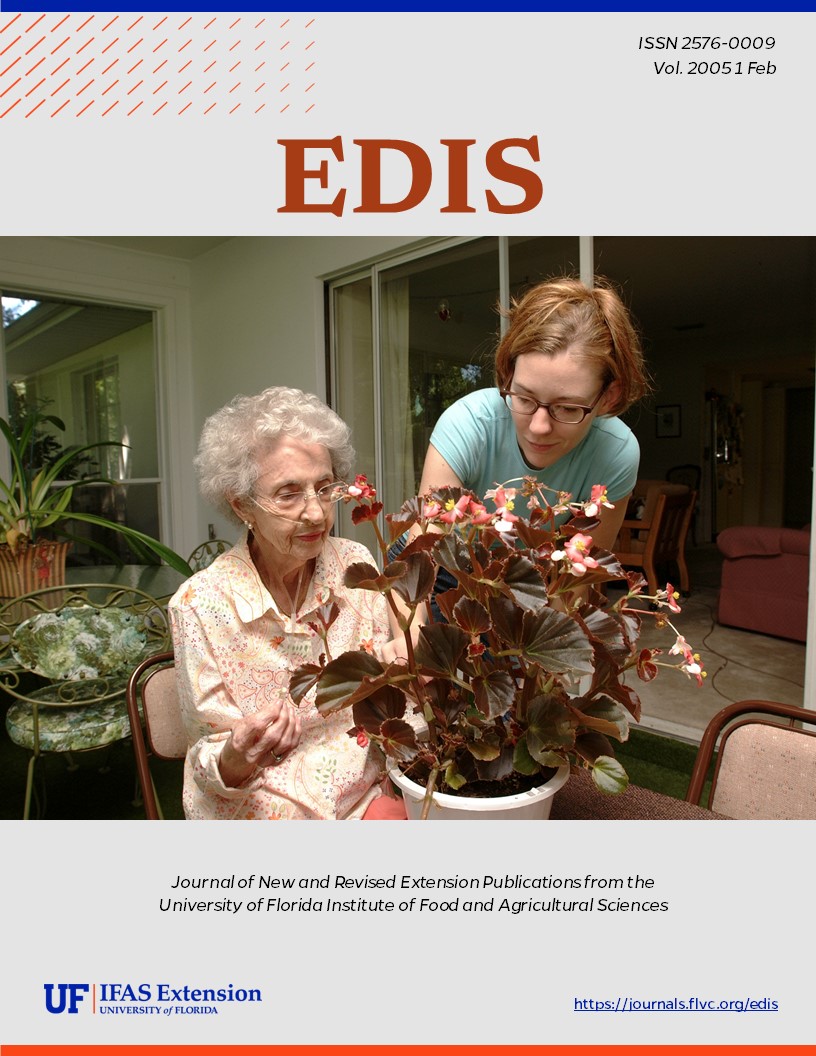Abstract
Predatory mites such as Neoseiulus californicus McGregor (Fig. 1) and Phytoseiulus persimilis Athias-Henriot (Fig. 2) feed on important fruits and ornamental pests such as the twospotted spider mite (Tetranychus urticae Koch), broad mite (Polyphagotarsonemus (Stenotarsonemus) latus Banks), cyclamen mite (Tarsonemus pallidus L.), and other mite species. These predatory mites are associated with several agricultural cropping systems including strawberries, raspberries, roses, grapes, citrus, ornamentals, and vegetables. Predatory mites have been used as an alternative to miticides on a variety of crops. Their commercial availability is crucial. This document is HS1000, one of a series of the Horticultural Sciences Department, Florida Cooperative Extension Service, Institute of Food and Agricultural Sciences, University of Florida. Publication date: November 2004.
Unless otherwise specified, articles published in the EDIS journal after January 1, 2024 are licensed under a Creative Commons Attribution-NonCommercial-NoDerivs 4.0 International (CC BY-NC-ND 4.0) license.

